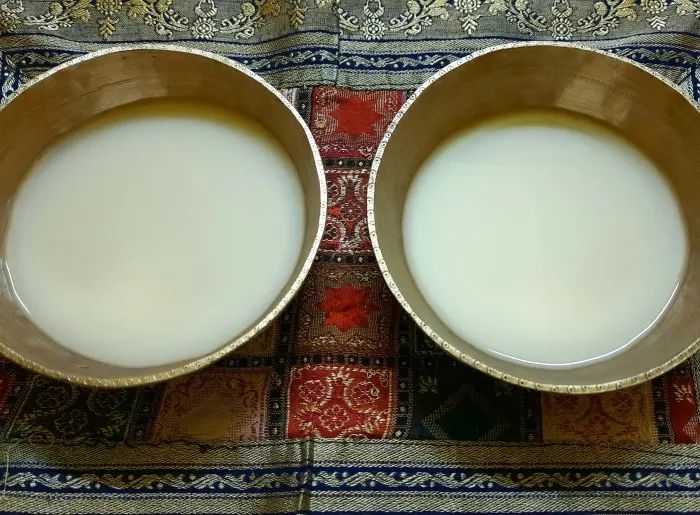UP Accidents Claim Lives of Police Officer and Local Worker in Separate Incidents
Exploring Apong, The Traditional Rice Drink Of Northeast India Featured In The Family Man 3
Assam | 22 November 2025
Apong is more than a drink; it is a cultural heartbeat of Assam and Arunachal Pradesh. Featured recently in The Family Man 3, it caught the attention of many viewers when a character offered it with a small ritual—sprinkling a few drops before drinking. This simple gesture, seen across many Indian communities, symbolises respect for ancestral spirits and nature. But the story of apong runs much deeper.
This age-old drink comes from the Mishing community of Assam, an indigenous group with rich traditions, vibrant textiles, and a deep bond with the land and its rivers. The Mishings, also linked to the Adi tribe of Arunachal Pradesh, have carried the knowledge of brewing apong for generations. It is served at weddings, funerals, festivals, and community gatherings. In many homes, it is still offered as a welcome drink to guests, reminding them that hospitality here is warm, earthy, and rooted in tradition.
Apong is a homemade beverage, made slowly and with great care. The process begins with preparing a special yeast cake called apop pitha. This cake uses anywhere from sixteen to almost forty different leaves, herbs, twigs, and barks. These ingredients are cleaned, sun-dried, and mixed with rice to form small cakes that hold the microorganisms needed for fermentation. This is the secret behind apong’s aroma and flavour, which range from mild and grassy to deep and earthy.
Two main varieties exist. Nogin-apong is made by boiling rice, drying it, and mixing it with crushed apop pitha. The mixture ferments in earthen pots sealed with banana leaves. After four to five days, it turns into a blackish or reddish-brown drink with a smoky, rustic scent. Paro-apong takes longer—about twenty days—and includes ash made from burnt rice husks. The fermented mix is filtered through a bamboo container called Ta’shuk, lined with banana leaves. This act of filtering is seen as a symbol of purity and tradition.
What makes apong so special is not just how it tastes, but what it represents. It carries the history, emotions, and everyday rhythm of the communities who prepare it. It appears during important rituals like agricultural celebrations, final funeral ceremonies, and seasonal festivals. Each sip reflects a connection between people, nature, and centuries-old knowledge.
Visitors to the Northeast often pair apong with smoked pork, grilled river fish, roasted chicken, or charred meats—foods that match its delicate fermented notes. It is still mostly a home brew, but small local makers have begun bottling it, offering a litre for around five hundred rupees.
Even with this growing interest, apong remains deeply rooted in the cultural identity of the Mishings and the Adis. It stands as a reminder that some traditions survive not because they are preserved in books, but because they are lived, shared, and passed down with pride.
Exploring Apong, The Traditional Rice Drink Of Northeast India Featured In The Family Man 3
Apong is not just a drink from the Northeast; it is a living tradition that carries the warmth, belief, and identity of the Mishing and Adi communities. After being shown in The Family Man 3, many people became curious about this rice-based drink and the small ritual of sprinkling a few drops before drinking. For the people of Assam and Arunachal Pradesh, this is a way of showing respect to nature and the spirits that protect their land.
Apong is prepared at home with great care, using a special yeast cake made from many herbs, leaves, and rice. It takes days or even weeks to ferment, and every step is handled with a sense of pride. This drink is served during weddings, festivals, harvest celebrations, and even as a welcome drink for guests. It represents community, togetherness, and a way of life deeply linked to the rivers and forests of the region.
Even today, apong remains a symbol of cultural strength. It reminds us that some traditions stay alive because people hold them close to their hearts.














Add Comment